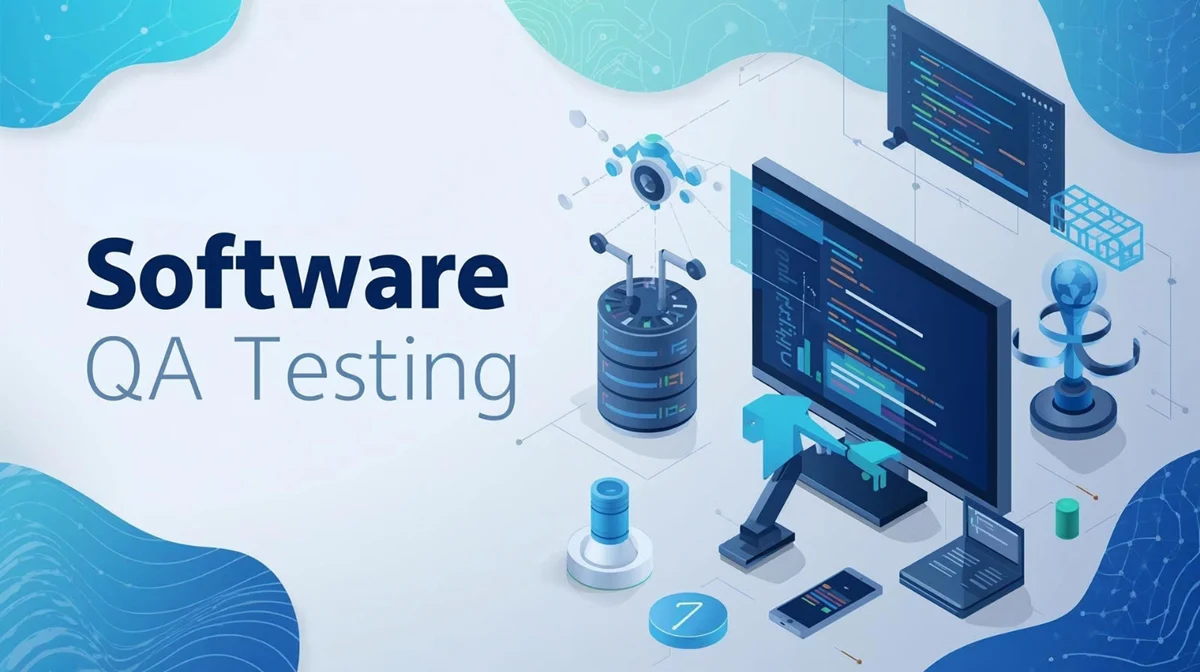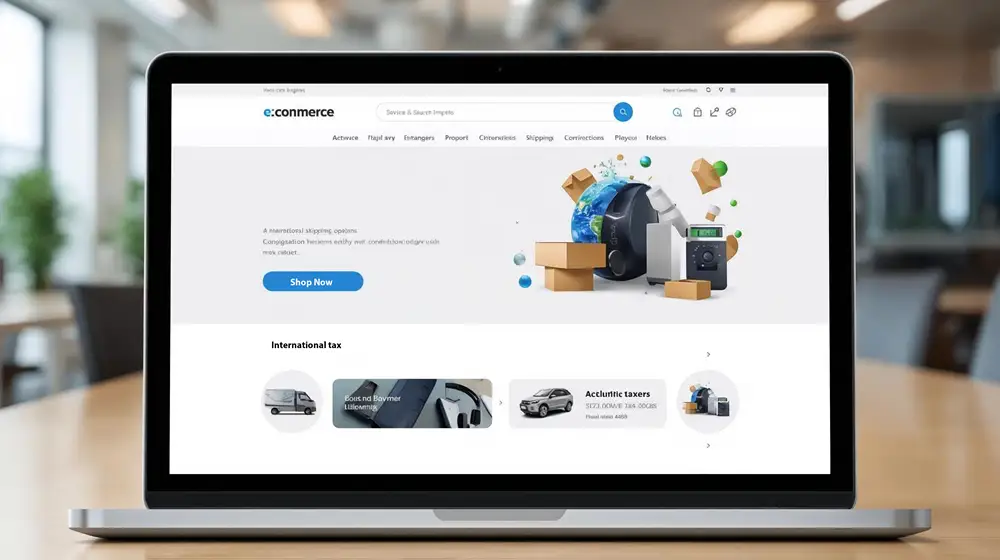
Software QA Testing in 2026: Best Practices, Tools & Strategies for Web and Mobile Apps
In 2026, software QA testing is no longer just a final checkpoint—it’s an AI-driven, automated, and continuous process fully integrated into the development lifecycle. With the rise of web and mobile applications operating in real-world, cross-device conditions, organizations must adopt shift-left testing strategies and continuous feedback loops to ensure performance, security, and user satisfaction.
This blog explores the best practices, tools, and strategies for software QA testing in 2026—helping teams future-proof their QA workflows.
Understanding the Evolving QA Landscape in 2026
The world of software testing has transformed significantly:
- AI-Powered Testing – Automating repetitive tasks and predicting bugs before they happen.
- Continuous Testing in CI/CD – QA is integrated into DevOps pipelines, ensuring rapid feedback.
- Shift-Left & Shift-Right Testing – Testing begins earlier in development and extends post-deployment with real-user monitoring.
- Cross-Platform Testing – Supporting web, mobile, and hybrid apps consistently across platforms.
- Security & Compliance Focus – With regulations like GDPR and CCPA, compliance testing is now mandatory.
Key Objectives of Software QA Testing
The goals of a modern QA testing strategy are clear:
- Deliver a seamless user experience (UX) across devices.
- Reduce release cycles without sacrificing quality.
- Maintain cross-browser and cross-device consistency.
- Detect vulnerabilities early through shift-left testing.
- Ensure high performance under peak load conditions.
Best Practices for Web Application QA
For web apps, the following testing methods are essential:
- Functional Testing – Validate forms, APIs, navigation, and workflows.
- Cross-Browser Testing – Guarantee consistency across Chrome, Safari, Firefox, and Edge.
- Security Testing – Protect against XSS, SQL injections, and CSRF attacks.
- Performance Testing – Test scalability, page load speed, and server response.
Mobile App QA Testing Strategies in 2026
Mobile apps require real-world testing under diverse conditions:
- Usability Testing – Ensure intuitive UX for Android & iOS.
- Device Compatibility Testing – Test on emulators and real devices.
- Network Testing – Check behavior across 3G, 4G, 5G, and Wi-Fi.
- App Store Compliance Testing – Validate against Google Play & App Store requirements.
Must-Learn Software Testing Tools in 2026
QA professionals must master modern tools, including:
- Automation – Selenium, Cypress, Playwright, Appium (AI-enhanced).
- Performance – JMeter, Gatling, k6.
- Bug Tracking – Jira, ClickUp, Linear.
- CI/CD Integration – Jenkins, GitHub Actions, GitLab CI.
- AI-Powered Tools – Testim, mabl, Functionize.
Building a Modern QA Workflow
A strong QA testing workflow in 2026 includes:
- Test Planning – Define KPIs and acceptance criteria.
- Test Environment Setup – Utilize Docker, Kubernetes, and cloud-based device farms, such as BrowserStack.
- Test Case Design – Create modular, reusable, BDD-driven cases with Cucumber.
- Automation First Approach – Automate regression & smoke tests, keep exploratory testing manual.
- Continuous Testing – Integrate QA into CI/CD pipelines with real-time monitoring.
Strategic Best Practices for Web & Mobile QA
Web Applications – Prioritize cross-browser/device testing, as well as API testing, for microservices.
- Mobile Applications – Test real-time scenarios like network drops or low battery interruptions.
- For Both – Adopt shift-left testing, prioritize high-risk areas, and combine automation with manual exploratory testing.
The Modern QA Team in 2026
QA professionals in 2026 are cross-functional experts:
- Work closely with developers, product managers, and DevOps.
- Focus more on AI tools, automation frameworks, and UX testing than repetitive manual tasks.
- Embrace DevSecOps by integrating security testing from day one.
Metrics to Measure QA Success
- Defect Density – Bugs per module.
- Automation Coverage – % of automated test cases.
- MTTD & MTTR – Mean Time to Detect & Repair bugs.
- Release Quality Score – User feedback + post-release issues.
The Future of QA Beyond 2026
Emerging trends will redefine software testing further:
- Hyperautomation – Fully AI-managed pipelines.
- Quantum Testing – Handling next-gen encryption and computing.
- AR/VR & Voice Testing – Covering immersive and voice-first applications.
- Low-Code/No-Code QA – Faster test creation without coding.
Software QA testing in 2026 demands more than just bug detection—it requires a proactive, AI-driven, and user-centered approach. By adopting automation, continuous testing, and cross-platform strategies, businesses can ensure their web and mobile applications deliver top-notch performance, security, and user experience.




